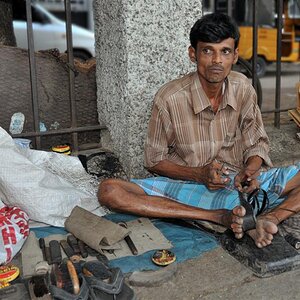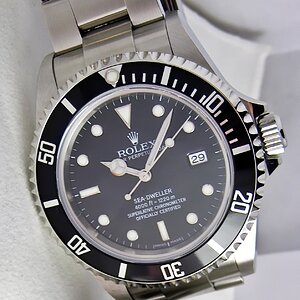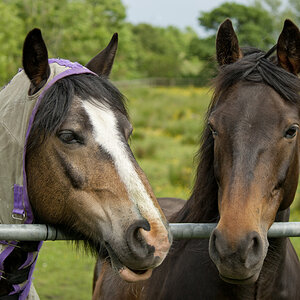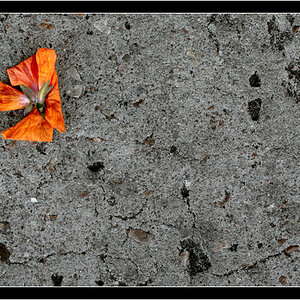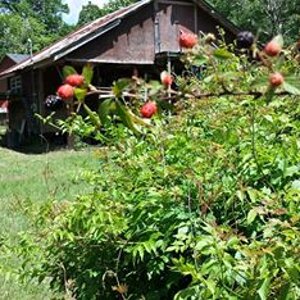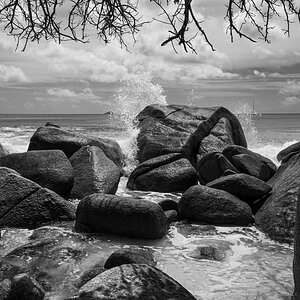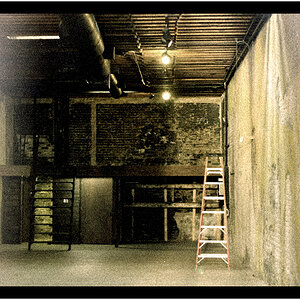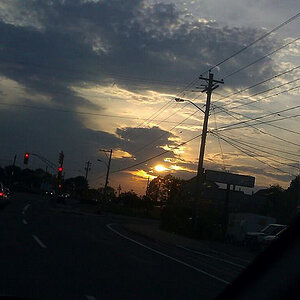sunny_sony
TPF Noob!
- Joined
- Mar 25, 2011
- Messages
- 31
- Reaction score
- 0
- Location
- Melbourne,Australia
- Can others edit my Photos
- Photos OK to edit
Hi Guys,
Hope you all having a great time. I need some guidance on Macro Photography. I actually purchased a set of extension tubes from eBay but they don't have any electrical connection so basically I can't change my lens aperture and also can't do auto focus. I am using SONY A390 DSLR camera and SONY 18-55mm Lens. Could you please recommend an extension tube which can provide good result and also having electrical contacts so that I can change aperture and also do auto focus. I am looking for cheap options and don't want to spend to buy Macro Lens at the moment to start with. Will appreciate your suggestions.
Thanks,
Raj
Hope you all having a great time. I need some guidance on Macro Photography. I actually purchased a set of extension tubes from eBay but they don't have any electrical connection so basically I can't change my lens aperture and also can't do auto focus. I am using SONY A390 DSLR camera and SONY 18-55mm Lens. Could you please recommend an extension tube which can provide good result and also having electrical contacts so that I can change aperture and also do auto focus. I am looking for cheap options and don't want to spend to buy Macro Lens at the moment to start with. Will appreciate your suggestions.
Thanks,
Raj




